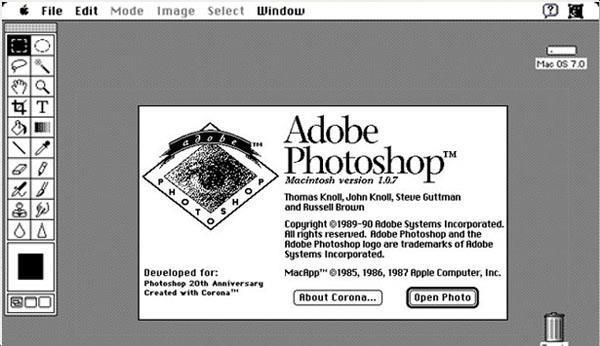
Samsung does have competition in the user-friendly RAW photography game. These images can be almost ten times the size of the typical JPEG you get from the S22, so you may find yourself quickly filling up your on-board and cloud storage allowances if you take a lot of RAW images.

One other issue is less to do with the app and is just the main unavoidable downside of shooting in RAW: file sizes. That's hardly in keeping with the freedom the app's other settings give you. For example, Expert RAW would be no good for my product shots for Tom's Guide since they need to be 16:9. That's a common enough ratio for most purposes, but it does mean that you'll have to shoot with a mind to how you want to crop the images later. The bigger limitation is that you can only take photos in a 4:3 aspect ratio. There are two notable downsides: you're locked at 4:3 and there's no front camera support. Granted, I'm more likely to want to take a selfie quickly rather than take my time to tune and frame it, but it's still an odd limitation to have. For one, the app doesn't support the front camera, meaning you won't be able to get the editing power we just saw over your selfies. There are two notable downsides I found while using Expert RAW. And it goes without saying that you wouldn't be able to make this happen so easily by trying to edit a JPEG, if at all. More experienced hobbyists and professionals will be able to get a lot more out of this, and without needing to tote their bulky regular DSLR around. I am not an experienced editor, but I was able to manage the above only by playing around with the basic sliders available in Photoshop - and only for about half an hour at that. I managed to do so (excluding some indistinct “clipped” shadows) and now it's a vibrant yet more realistic image. I deliberately made this original image look weird by messing around with the in-app controls, to see if I could save it in the editing process. See this shot of the sculpture "My World and Your World" by Eva Rothschild, located in Lewis Cubitt Park before and after editing. This means editing images in Photoshop works just as you would hope, giving you the power to perfect your shot, even if it was really off in the first place. The real benefit of RAW images only appears when you try to edit the shots later on.Įxpert RAW saves the RAW images as Digital Negative (.dng) files, the Adobe-developed RAW standard. The Expert RAW export is very flat in comparison to the camera app's with the color of the sky and building severely drained. Without treatment, you can end up with a far worse shot, as you can see in this comparison of two telephoto shots of a roof at Kings Cross' Coal Drops Yard.

You shouldn't use your own unedited export of the RAW file though. The coloring of both shots is basically identical, with only a little more definition in the Expert RAW's image if you examine the brickwork of the building

You can see this below in a shot of the Victoria and Albert Museum in Kensington, London that I took using both apps. Whether you're looking at the images in your Gallery app or in your image editor of choice, you won't see much difference between Expert RAW's JPEG shots and the ones you get from the regular camera app. They'll all appear in the usual Gallery app too, but they're mixed in with your other images. You can browse photos once you're finished snapping through the app's preview function, which shows you only the RAW images and their JPEG counterparts you've shot through Expert RAW. You also get a useful reset button to instantly snap everything back to the automated settings if you've messed things up.
#Os x photos convert raw to jpeg manual#
However, the new, easily-accessible control layout encourages you to start experimenting with the settings since they're all in view and are really easy to switch between automatic and manual modes. The app will happily take care of all the basics for you, just like the regular camera app.


 0 kommentar(er)
0 kommentar(er)
